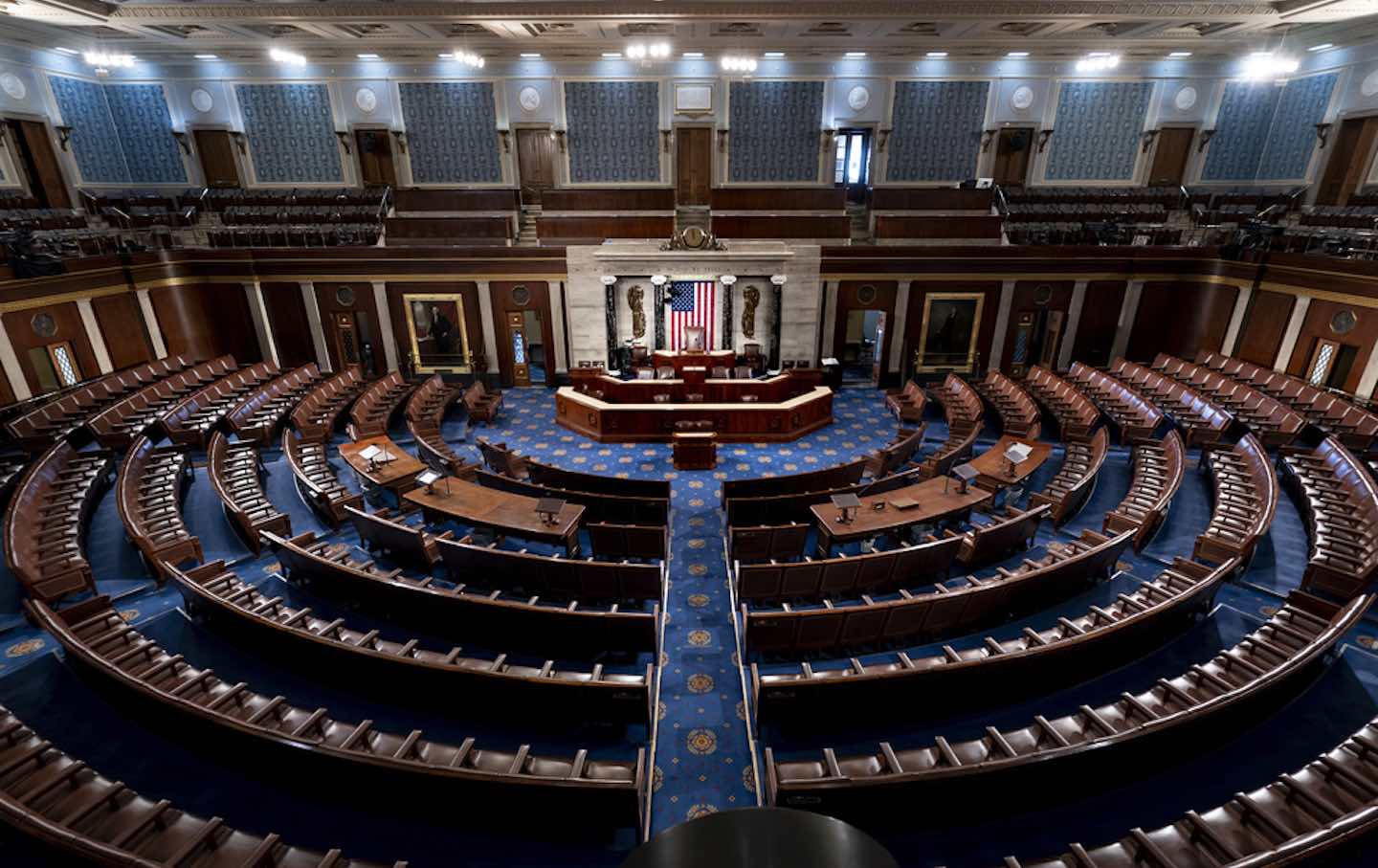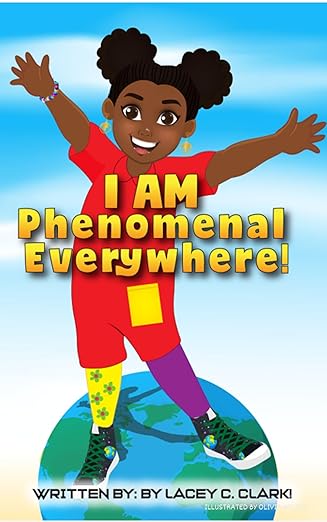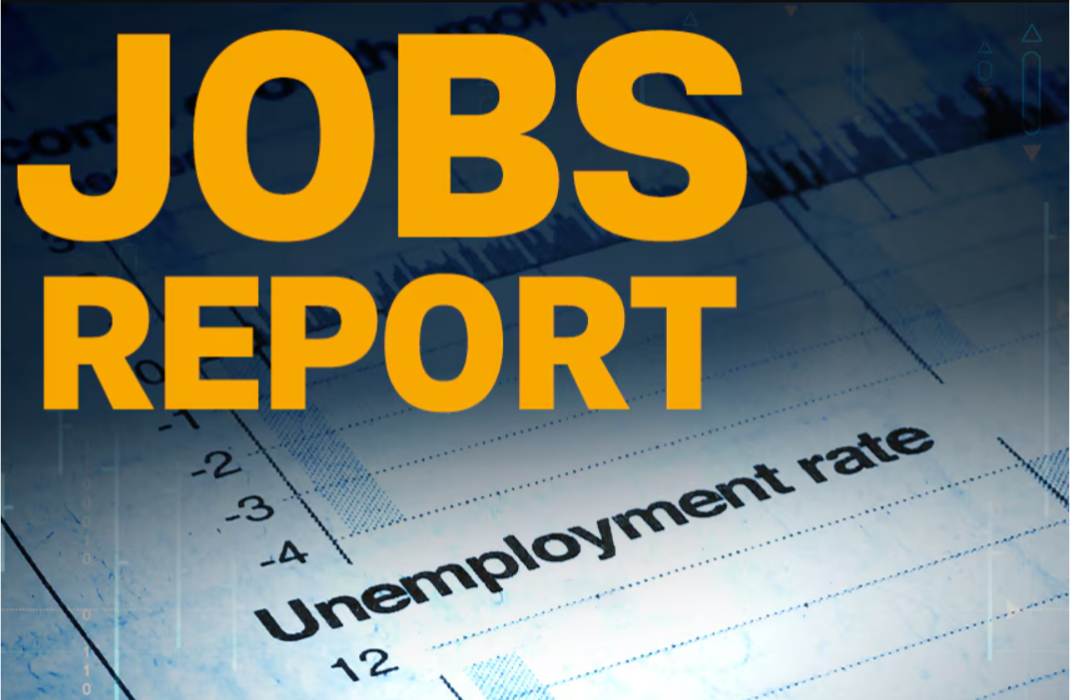WASHINGTON (Akiit.com) – While the number of African-Americans who frequent the Internet continues to grow, White Web users maintain a good lead amidst the so-called digital divide, according to a recent Pew Internet and American Life Project study.
What was once the “digital divide†has evolved into the “digital dimmer switch,†says Pew associate director Susannah Fox, referring to various degrees of Internet access and differences between population segments. “I technically don’t even use that term, [digital divide] “because that almost sounds like there’s an on/off switch and that’s less the case then it was years ago.â€
The divide is still significant, but increasing for African-Americans and Whites.
The survey, released five months ago, reveals that 58 percent of African-American adults use the Internet as opposed to 72 percent of Whites and 69 percent of English-speaking Hispanics. Pew’s March 2000 poll indicated that 35 percent of African-American adults used the Internet while 48 percent of Whites did the same. This shows a seven-year increase for 66 percent for Blacks and 50 percent for Whites.
The issue of the digital divide is crucial because Internet access is becoming increasingly essential for everyday needs, such as the search for employment opportunities.
“Many companies now no longer rely on or even use paper application forms,†says Barbara Crawford, director of the AT&T-National Urban League Digital Career Academies. “When potential employees go to fill out an application, they have to fill it out online.â€
Educationally, the lack of Internet access puts students at all levels at a disadvantage for assignments or distance learning programs.
“People are acquiring certifications and degrees via the Internet,†says Crawford. “It’s a major vehicle for doing research.â€
Those with access to that infinite volume of information are often able to use it to well-informed decisions, including in competitive situations.
“Internet users feel they can go online and get just-in-time, customizable information about important questions in their lives,†says Fox. “Someone who is not online does not have access to that information.â€
While some of this online information may concern perceptually trivial issues such as minor purchases, there are vital resources that can only be reached on the Web.
“There are now many more government services online than there ever were before,†Fox says. “So those who are offline are not able to access that information or those services [as easily].â€
Populations of people older than age 55 can be greatly disadvantaged by this inability to reach certain government services, many of which are related to healthcare, social security benefits and retirement.
A 2004 Pew study, “Older Americans and the Internet,†revealed that while 58 percent of Whites ages 55 to 64 are online, only 22 percent of African-Americans of the same age group are logging on. Meanwhile, 11 percent of African-Americans over age 65 were on the Web as opposed to 22 percent of White seniors.
As the inequalities of the ‘digital dimmer switch’, persist, there are people working to close the gap. The National Urban League has several programs for both youth and adults to increase familiarity with computers and the Internet.
Through a grant from AT&T, the Urban League operates 16 Digital Career Academies. The academies for adults focus on training in computer operations and information technology. After-school programs for the youth include a course on Internet radio programming for those interested in engineering or journalism, and another on video game creation.
“The purpose is to enlighten our young people on some of the careers that are available in this technological area,†Crawford said. “We hope that it serves as an incentive to encourage these young people to stay in school [and] focus on their math and science.â€
While the Digital Career Academies seek to improve familiarity with computers, they also alert participants of how integral computers and the Internet are in everyday life.
“Internet now has become a way of life,†said Crawford. “Providing information for people would help them to know what resources they can get to. When they begin to learn how the computers can affect their lives, it causes them to hopefully seek out more information.â€
John Muleta, founder and CEO of M2Z Networks, agrees with the importance of quality Internet access. For that reason, his Menlo Park, California-based company submitted a proposal to the Federal Communications Commission in May 2006 to construct a free broadband network nationwide that would connect 95 percent of Americans within 10 years.
“There’s no requirement that broadband be available everywhere,†Muleta said. “It’s very expensive and it’s not available everywhere.â€
If the FCC accepts the proposal, M2Z Networks would set up an entirely advertiser-supported broadband network that could instantly make Web use much more efficient for those with slow connection speeds or no access to the Internet.
“The concern I have as an African-American,†said Muleta, “is that our community is the one that’s being left out because there’s no incentive for the other folks to build in our neighborhoods.â€
But, what about those who don’t have computers or Internet-ready devices?
Says Crawford, “We can encourage and solicit businesses in the areas of computers and technology to make computers available to people or provide them access.â€
By John Kennedy










Leave a Reply